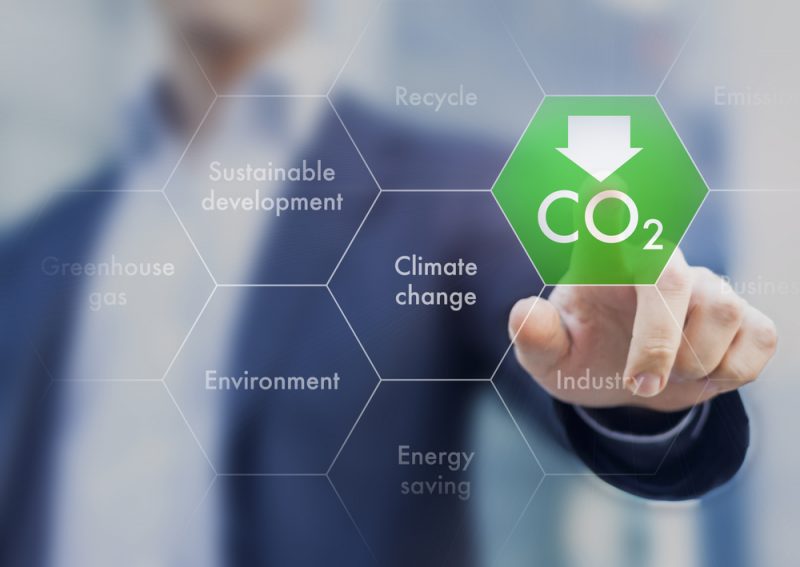California aims for 40 percent reduction in greenhouse gas emissions by 2030, EIA reports

The U.S. Energy Information Administration (EIA) detailed California’s plan to reduce its greenhouse gas emissions (GHG) by 40 percent from its 1990 levels by 2030 in a recent news release.
California’s state legislature advanced assembly bill (AB) 398 in July 2017, which reauthorized and extended the state’s economy-wide greenhouse gas (GHG) reduction program until 2030 and set the new target. The 2006 bill that originally established the state’s greenhouse gas reduction program authorized the California Air Resources Board (CARB) to monitor and regulate sources emitting greenhouse gases. An executive order from the governor of California identifies a target of an 80 percent reduction from 1990 levels by 2050.
From 1990 to 2015, California’s electric power sector GHG emissions decreased by 24 percent, commercial and residential sector emissions declined by approximately 14 percent over the same period. Industrial emissions fell by 13 percent. Transportation-related emissions decreased from 2007 through 2013 but rose in 2014 and 2015. California’s GHG emissions from agriculture and other uses are smaller in magnitude but have more than tripled since 1990.
Overall, California’s total GHG emissions were 2 percent above 1990 levels as of 2015. Approximately 86 percent of California’s GHG emissions were related to energy consumption.
CARB released in 2016 a plan for reaching the new target that includes extending the Low Carbon Fuel Standard (LCFS) program, which seeks to increase the use of biofuels in the transportation sector, and California’s renewables portfolio standard, which sets targets for electricity generation technologies.
California has also operated a cap-and-trade program since 2013. CARB has recommended reducing the amount of available emissions credits, adding new regulations related to petroleum refinery emissions designed to double energy efficiency savings by 2030.
Allowance prices rose from $13.57 per metric ton of carbon dioxide (CO2) for May 2017 to $14.67 per metric ton in subsequent auctions for November 2017. AB 398 gave CARB the authority to establish a carbon dioxide allowance price ceiling, set rules for the banking of allowances and transfer unsold current vintage allowances to a reserve. California’s next auction is scheduled for Feb. 21, 2018.
A related bill, AB 617, seeks to reduce community-level air pollution from criteria pollutants such as particulates, sulfur dioxide and nitrogen dioxide emitted by large stationary sources. The legislation authorizes CARB to create a statewide system that consults with local air districts responsible for monitoring air pollution and develops a statewide strategy that approves programs to reduce community emissions.
